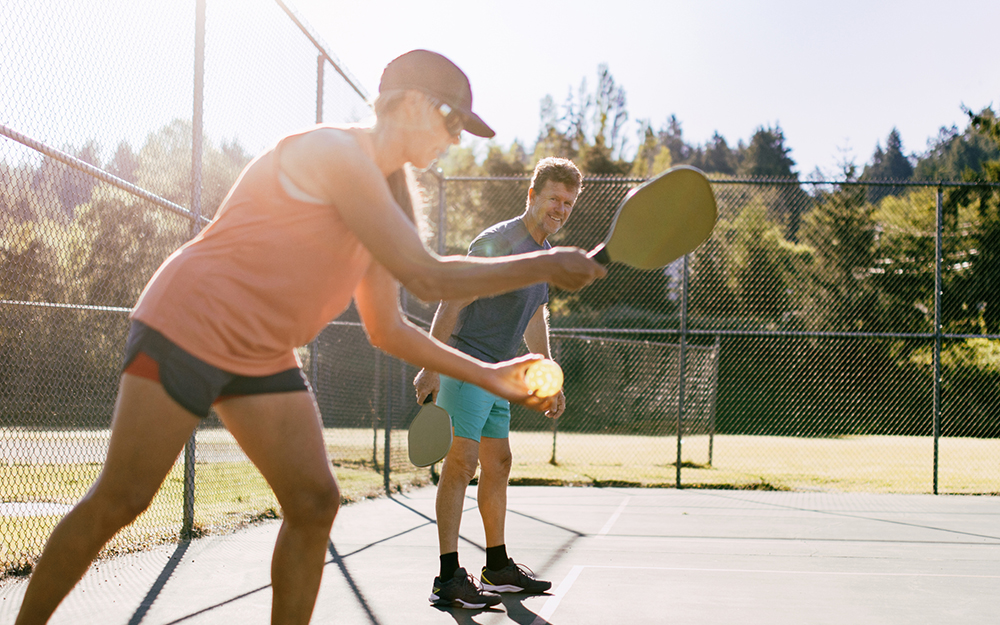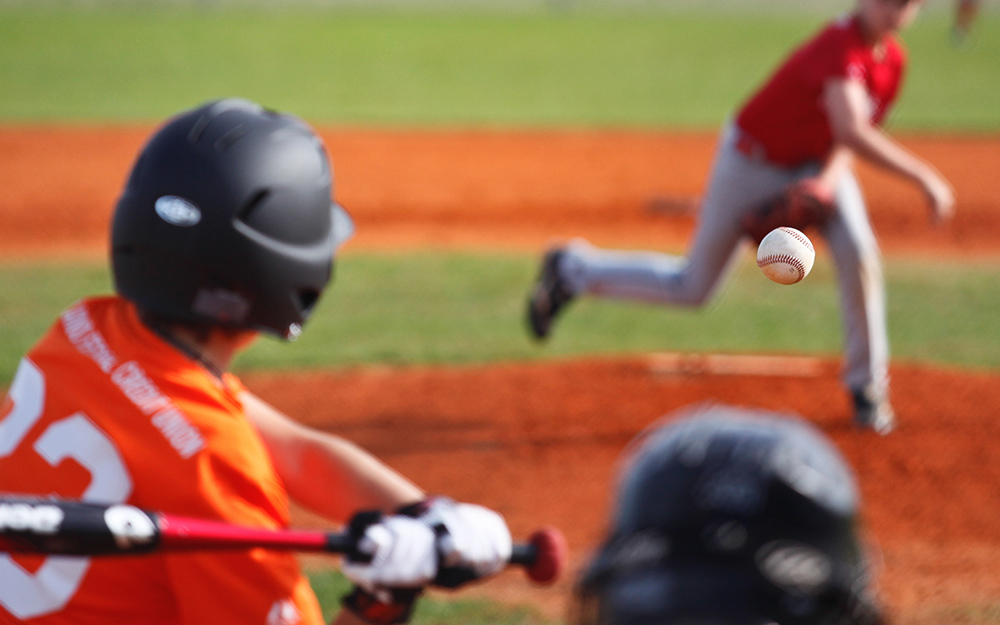Medical providers featured in this article

In Brief
{{cta-block}}
Medical experts are still learning why certain groups are more prone to sports injuries than others. Women and girls—especially those who play soccer, basketball or softball—are more likely than boys and men to tear the anterior cruciate ligament (ACL), knee tissue that connects the thighbone to the shin and requires surgery to heal.
Cedars-Sinai physicians are studying why ACL injuries are more common in females and are looking for possible ways to prevent them.
“Women get different injuries and respond to treatment differently. If we don’t understand these differences, we’re missing an opportunity to properly prevent and care for women with orthopaedic injuries.”
A lack of data on sex differences
The ACL keeps the leg stable, and it ruptures when it absorbs too much strain while a person slows their running speed, lands from a jump or quickly changes directions—a movement called “cutting” in sports terminology. The ligament doesn’t typically heal on its own, and most people need surgery to repair it, especially to avoid further injury to the knee. Recovery usually takes six months to a year.
In almost every age group, among amateur and professional athletes, females suffer a higher rate of ACL injuries than males.
“In 15- to 25-year-old athletes, females are at four to six times higher risk,” said Tracy Zaslow, MD, a sports medicine specialist at the Cedars-Sinai Kerlan-Jobe Institute.
But because female athletes are understudied, there’s a lack of concrete evidence to conclusively understand why they sustain ACL tears at a higher rate than men, said Melodie Metzger, PhD, whose research focuses on orthopaedics.
One recent review of sports-related studies found that only 20% included female athletes, and fewer than 9% focused on female bodies specifically. Further, in a recent study, Metzger and Cedars-Sinai colleagues found that only 10% of orthopaedic surgeons are women—an imbalance that may contribute to a lack of knowledge about safe training and injury prevention for females, she said.
“Women get different injuries and respond to treatment differently,” Metzger said. “If we don’t understand these differences, we’re missing an opportunity to properly prevent and care for women with orthopaedic injuries.”
It’s possible that females are more likely to injure the ACL for basic biological reasons, said Zaslow. Girls and women generally have less muscle strength and endurance at the knee than boys and men. Female hips are wider and ligaments are smaller, which also could contribute to the disparity.
{{providers}}
The role of hormones
In research sponsored by Cedars-Sinai’s Center for Research in Women’s Health and Sex Differences (CREWHS), Metzger is studying whether oral contraceptives (birth control) can prevent ACL injury in professional and collegiate female athletes.
Oral contraceptives reduce circulating levels of estrogen and relaxin, a hormone that acts to loosen connective tissues and is protective during pregnancy and childbirth. Metzger hopes that birth control can reduce ligament loosening and protect against injury. She is tracking study participants’ hormonal cycles, testing their blood to detect hormone levels, and using a 3D camera to study their range of motion—and another machine to measure flexibility in their ligaments.
“It will be exciting, if we do find that birth control can be protective, that we’ll able to provide a relatively easily accessible, readily available method for potentially reducing some of these injuries,” Metzger said.
Read: Concussion in Sports: Tips for Female Athletes
Safe, sustainable exercise
Both female and male athletes can help prevent ACL injury by performing a specific set of exercises after stretching and warmups and before practice or competition, Zaslow said. Some studies show that athletes who complete the FIFA 11+ injury prevention program, a regimen that strengthens the core, glutes and leg muscles, sustain fewer ACL injuries than those who don’t.
Most importantly, she said, all people should remain active in a safe way they enjoy.
“We don’t want fear of an injury to deter someone from participating in sports,” Zaslow said. “I can’t stress enough the importance of physical activity, not just in preventing obesity, but in building character and skills and teaching about relationships through teamwork. There are so many benefits to safe participation that outweigh the risks.”







